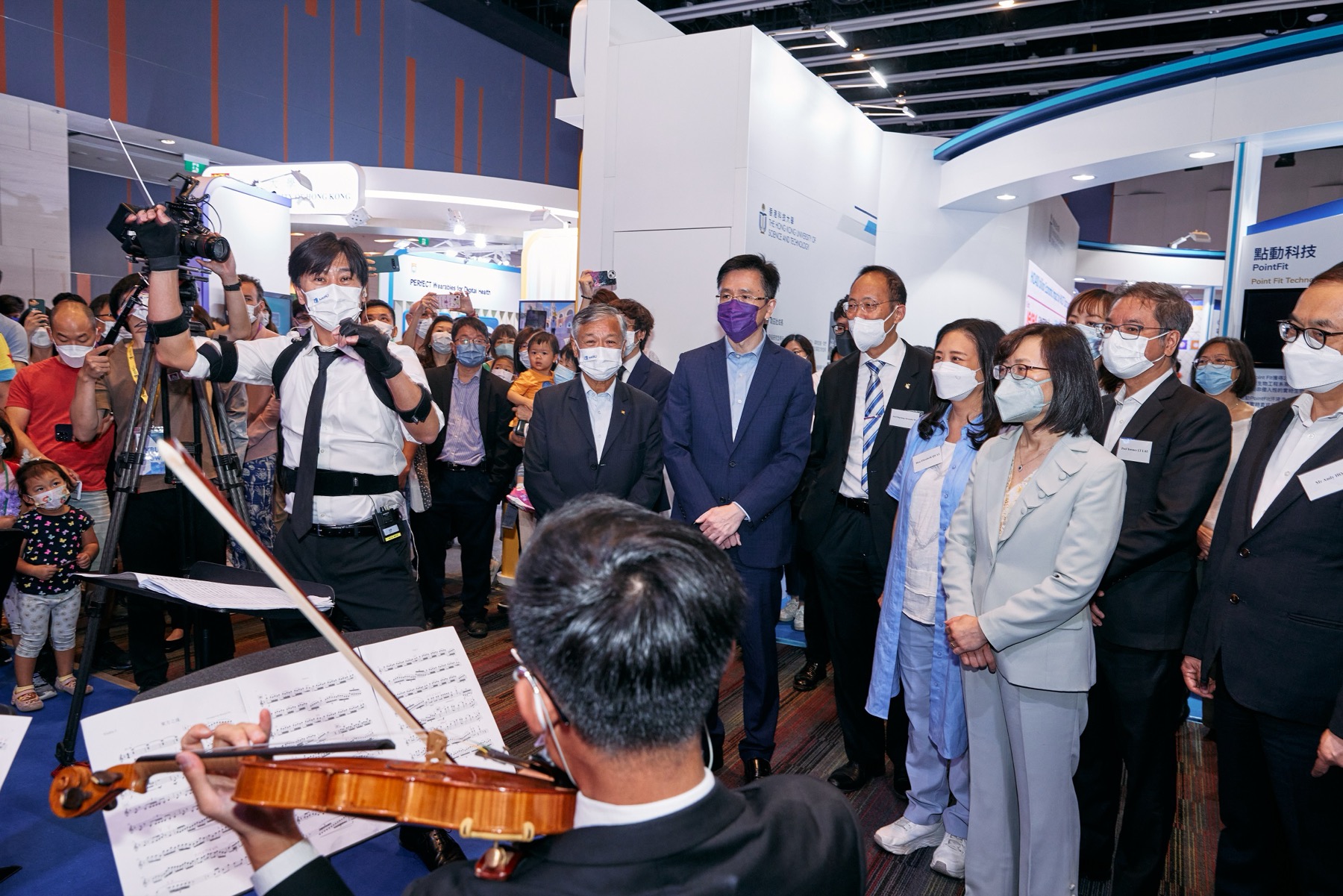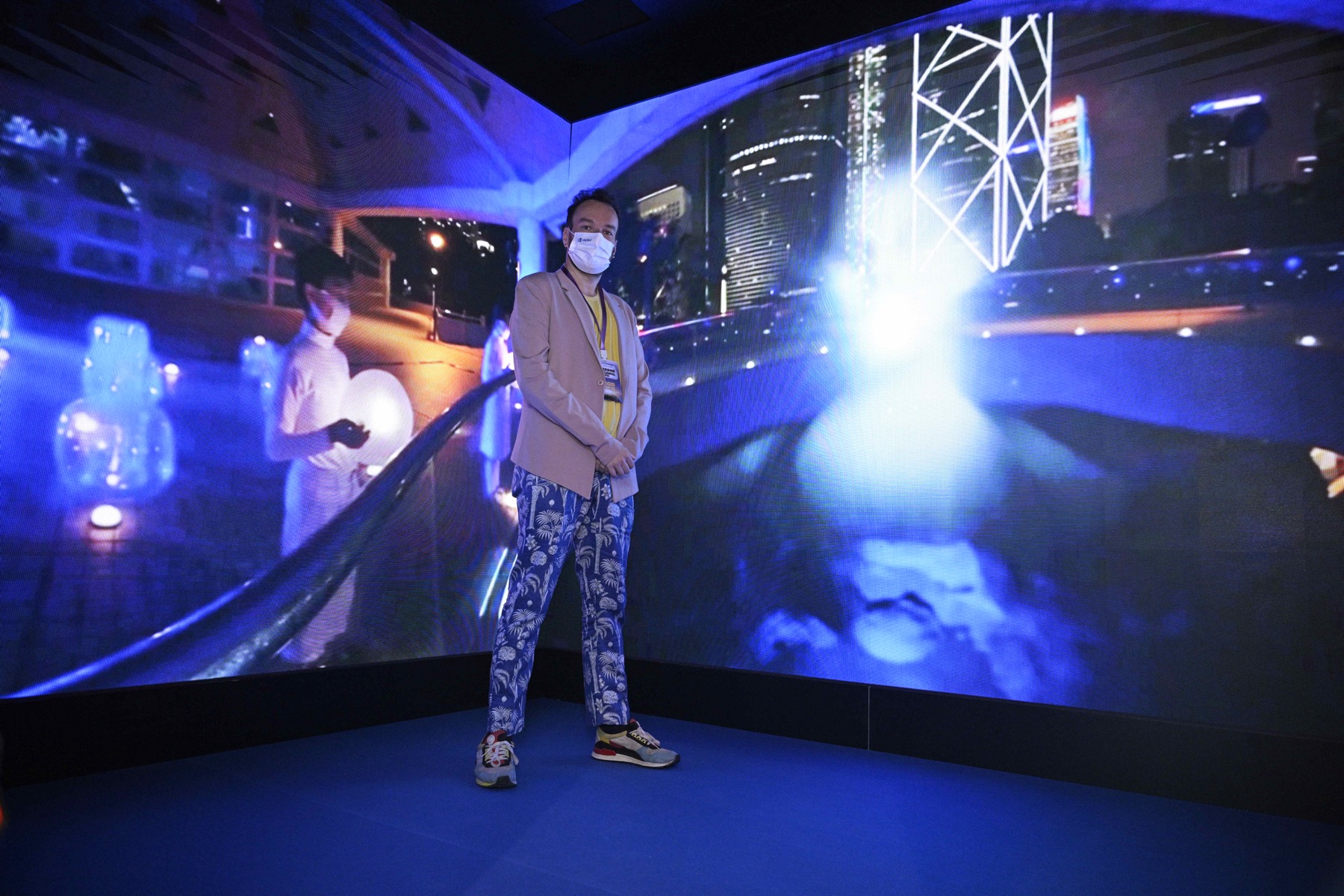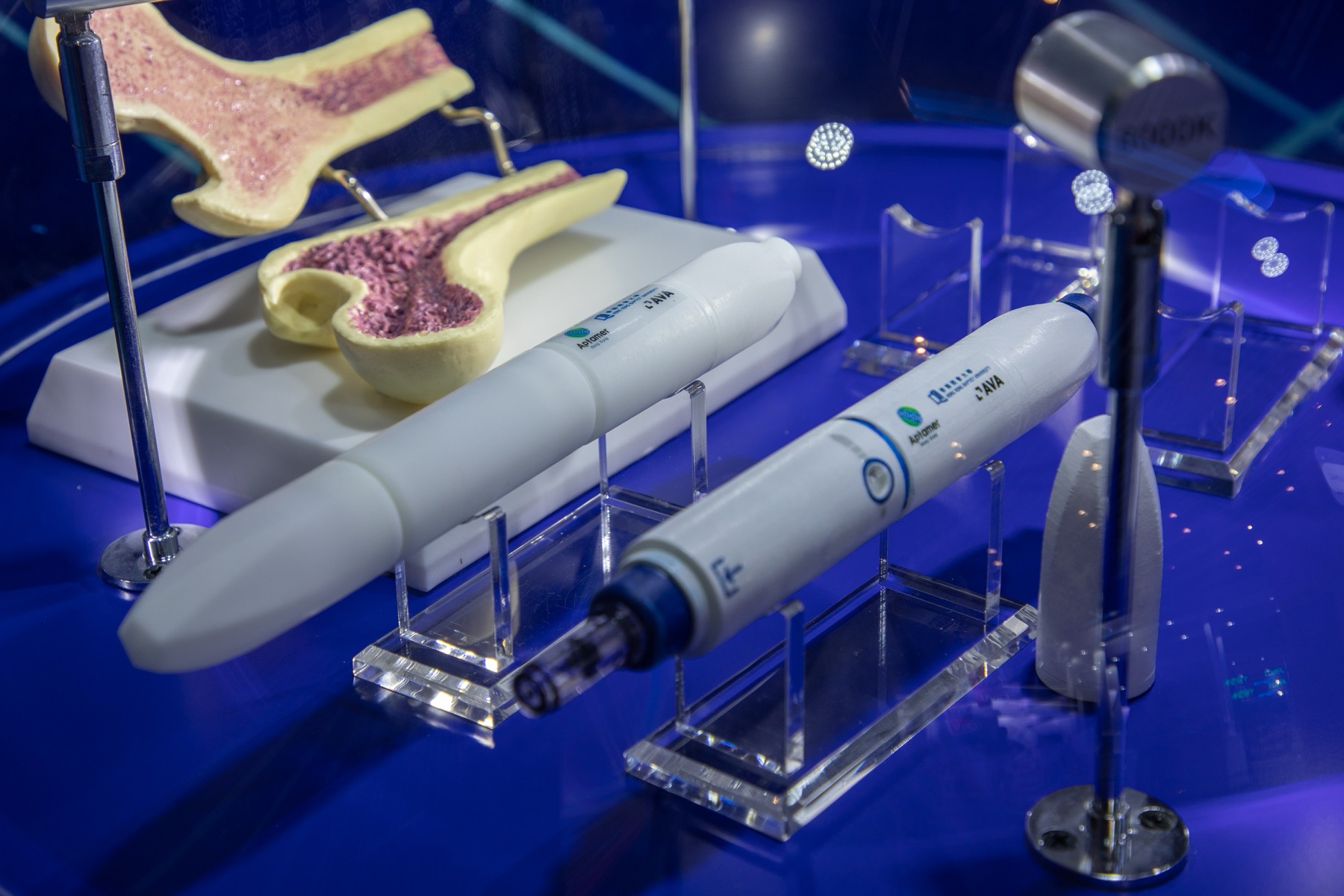Previous Events
HKBU Unveils Art Tech, Space Exploration, and Scientific innovations at InnoCarnival 2022
Recognised as a center of creativity, HKBU constantly pushes the boundaries of knowledge and develops innovative solutions. Recently, the University had the opportunity to exhibit its achievements in Art Tech, space exploration, and scientific advancements at InnoCarnival 2022. This event took place from October 22 to October 30 at the Hong Kong Science Park.
InnoCarnival, organised by the Innovation and Technology Commission of the Hong Kong SAR, aims to foster an innovation and technology culture within the community. With this year's theme, "Innovation & Technology empower our dreams," HKBU showcased a diverse range of interactive activities, demonstrations, and exhibits at its pavilion, highlighting cutting-edge scientific research.
Distinguished guests, including Professor Sun Dong, Secretary for Innovation, Technology and Industry, and Ms. Rebecca Pun, Commissioner for Innovation and Technology of the HKSAR Government, visited HKBU's pavilion on the first day. Mr. Paul Poon, Deputy Chairman of the Council and the Court, Professor Alexander Wai, President and Vice-Chancellor, Professor Rick Wong, Interim Provost, Ms. Christine Chow, Vice-President (Administration) and Secretary, and Professor Terence Lau, Interim Chief Innovation Officer of HKBU, engaged in discussions with the government representatives to share the University's scientific research achievements.
Exhibits at the event highlighted HKBU's contributions to national space missions. Notably, the University displayed the Landing Chair for spacecraft in the Shenzhou series, which was designed with significant input from an HKBU scholar. This chair provides essential support to astronauts during their return to Earth, countering the musculoskeletal deterioration experienced after space missions.
In addition, HKBU presented a novel aptamer drug developed to combat microgravity-induced bone loss in astronauts during deep space exploration. This drug addresses the reduction in bone formation and increased stiffness of carotid arteries that astronauts encounter in weightlessness. The University's interdisciplinary team is also working on a needle-free subcutaneous injector design for space applications, which, when combined with the aptamer drug, helps protect astronauts from bone loss in microgravity and reduces space debris.
HKBU's commitment to the arts was also highlighted at the Carnival. The University showcased pioneering projects in art-tech, offering visitors an immersive and innovative art experience. Notable displays included the Interactive Panorama of Horses, created for the Hong Kong Palace Museum's opening exhibition, and AI-generated performances under the project "Building Platform Technologies for Symbiotic Creativity in Hong Kong." The innovative concert ARIA, developed under the "Space to Breathe" project, combined vocal performances, installation art, and big data analysis to explore air quality and pollution's environmental impact. Additionally, Project Labyrinth, a captivating video-meets-video game production, reflected on a world on the brink of destruction.
As part of the InnoCarnival, HKBU scholars conducted three online seminars covering various topics, such as digital tools for English language learning, Chinese medicine treatment for long-COVID, and an interactive online map exploring the history and stories of the World War Two Battle of Hong Kong.




